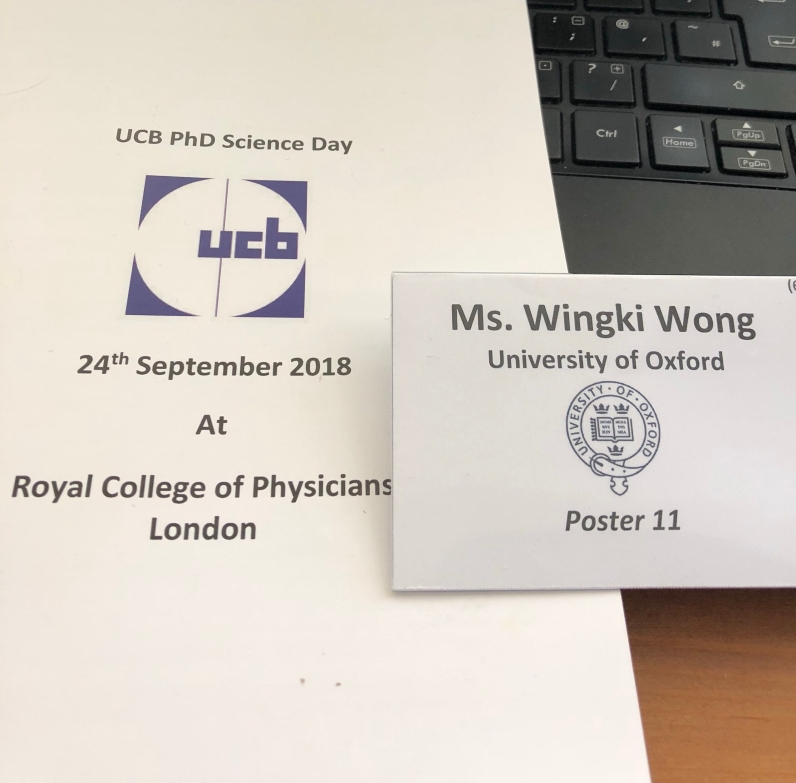A crash course in Medicinal Chemistry
In January 2019 – April 2019, I undertook an internship at a pharmaceutical company, UCB, working with the Computer-aided drug discvoery team. Coming from a non-chemistry background, the first few weeks involve picking up the theories and terminology in basic medicinal chemistry. Here I put together a list of key concepts that have been useful to get me started.
Pharmacokinetics
where E = enzyme, S = substrate, P = product.
Theories
Lipinski’s rule of five (RO5)
- Molecular Mass
500 Da
- Lipophilicity (logP)
5
- Number of Hydrogen Bond Acceptors
10
- Number of Hydrogen Bond Donors
5
Rule of three (RO3)
- Molecular Mass
300 Da
- log P
3
- Number of Hydrogen Bond Acceptors
3
- Number of Hydrogen Bond Donors
3
- Number of rotatable bonds
3
Lipophilicity is primarily associated with solubility, absorption, membrane penetration and distribution, i.e. the ADME and PKPD properties of the drug. This is usually taken as a ratio between octan-1-ol and water: .
Lipophilic efficiency:
Quality drug candidates usually have high LiPE 6.
Terminology
Michaelis constant – a kinetic constant that represents the relationship between substrate concentration and reaction speed.
Affinity
: inhibition constant: the concentration of the competing ligand in a competition assay which occupies 50% of the receptors if NO drug were present.
: dissociation constant: the concentration of the drug when 50% of receptors are occupied.
Stronger binder = lower /
Potency
The concentration of competing ligand which displaces 50% of the specific binding of the drug. This is a relevative value depending on the drug concentration.
More potent = lower
Efficacy
The ability to impact a biological pathway.
More efficacious = higher
Potency
The concentration of drug required to produce 50% of the possible effect.
More potent = lower
Partition coefficient
Distribution coefficient (pH-dependent)
- Typically observed at pH 7.4
- 0-3: optimal range
- ~2 for CNS projects (most favourable for blood-brain-barrier permeation)
- <0: highly hydrophilic
- >5 highly lipophilic
Better if higher
Better if lower
Nomenclature
Knowing how your co-workers speak speed up your daily work. Here is the image from Wikipedia’s page on heterocycles – a structure that is often seen in medicinal chemistry:
Source / Further reading







